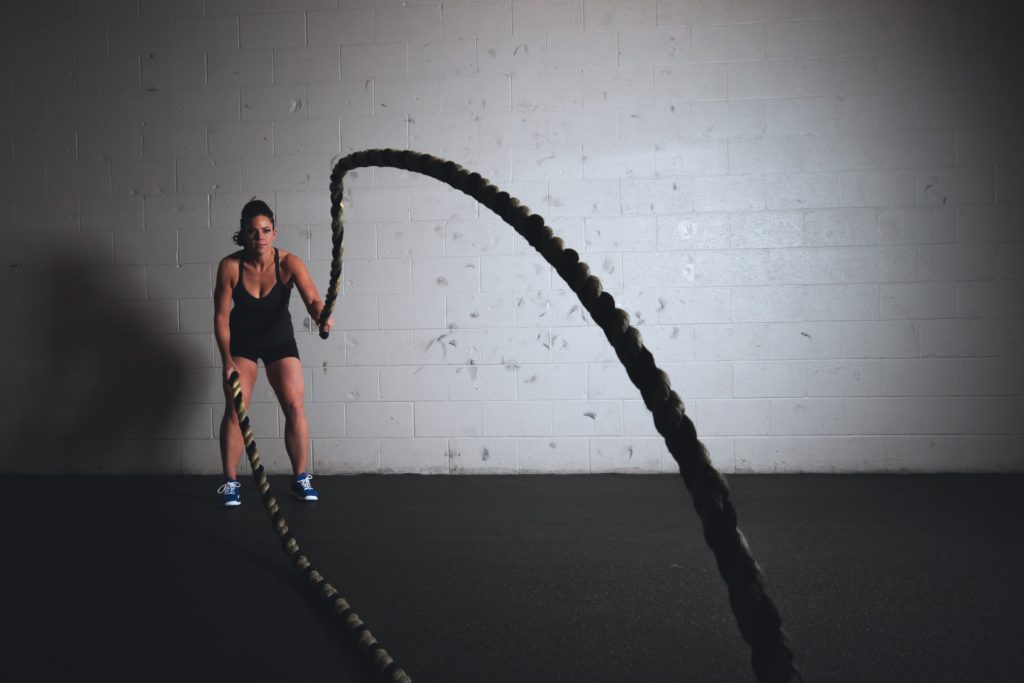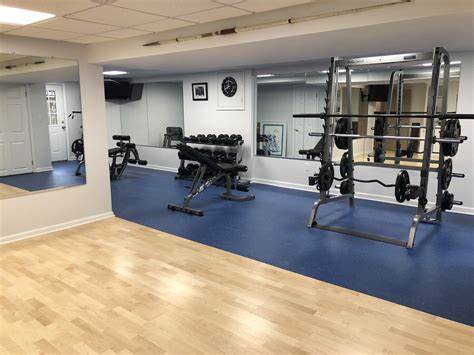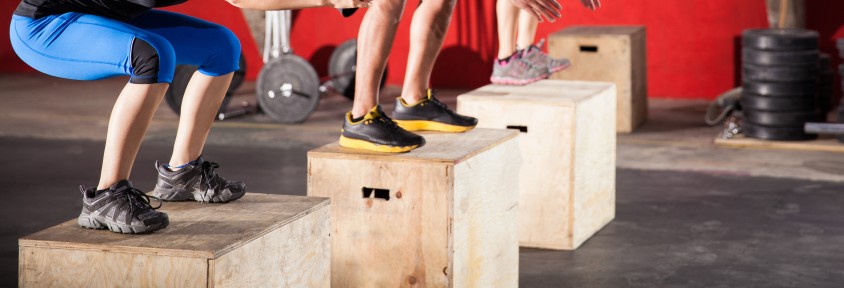Strength plateaus are a common occurrence for athletes and gym-goers alike. They can be frustrating and disheartening, but they don’t have to be. With the right diagnosis and approach, strength plateaus can be overcome.

What is a Strength Plateau?
A strength plateau is a period of time when an athlete or gym-goer is unable to increase their strength or muscle mass despite regular training. This can be due to a variety of factors, including inadequate rest, poor nutrition, and incorrect form.
Identifying the Cause of a Strength Plateau
The first step in overcoming a strength plateau is to identify the cause. This can be done by assessing the athlete’s training program, nutrition, and lifestyle.
Training Program:
If the athlete is not seeing progress, it could be due to an inadequate training program. This could include not training with enough intensity, not training with enough volume, or not training with enough variety.
Nutrition:
Nutrition is an important factor in strength and muscle growth. If the athlete is not consuming enough calories, protein, and other essential nutrients, they may not be able to make progress.
Lifestyle:
Lifestyle factors such as stress, sleep, and recovery can also affect an athlete’s progress. If the athlete is not getting enough rest or is under a lot of stress, they may not be able to make progress.
Overcoming a Strength Plateau
Once the cause of the strength plateau has been identified, the athlete can take steps to overcome it.
Change Up the Training Program:
If the athlete’s training program is inadequate, they can make changes to increase intensity, volume, and variety. This could include adding more sets and reps, increasing the weight, or changing the exercises.
Improve Nutrition:
If the athlete’s nutrition is inadequate, they can make changes to ensure they are consuming enough calories, protein, and other essential nutrients. This could include adding more whole foods to their diet or supplementing with protein powder.
Manage Stress and Get Enough Rest:
If the athlete’s lifestyle is affecting their progress, they can take steps to manage stress and get enough rest. This could include taking time off from training, meditating, and getting enough sleep.
Conclusion
Strength plateaus can be frustrating, but they don’t have to be. With the right diagnosis and approach, they can be overcome. By assessing the athlete’s training program, nutrition, and lifestyle, the cause of the strength plateau can be identified. Once the cause has been identified, the athlete can take steps to overcome it by changing up their training program, improving their nutrition, and managing stress and getting enough rest.
Strategies for Breaking Through Strength Plateaus: Progressive Overload and Periodization
Strength plateaus are a common occurrence for those who are looking to increase their strength and muscle mass. While it can be frustrating to hit a wall in your progress, there are strategies that can help you break through and continue to make gains. Two of the most effective strategies for breaking through strength plateaus are progressive overload and periodization.
Progressive overload is a technique that involves gradually increasing the amount of weight you are lifting over time. This can be done by increasing the weight you are lifting, the number of sets and reps you are doing, or the amount of time you are resting between sets. By gradually increasing the intensity of your workouts, you can continue to make gains in strength and muscle mass.
Periodization is another strategy for breaking through strength plateaus. This involves alternating between different types of workouts, such as strength training, power training, and endurance training. By varying your workouts, you can keep your body from adapting to the same routine and continue to make progress.
By using these two strategies, you can break through strength plateaus and continue to make gains in strength and muscle mass. Progressive overload and periodization are both effective techniques that can help you reach your goals.
Nutrition and Supplementation for Breaking Through Strength Plateaus: What to Eat and When to Take It
Strength plateaus are a common occurrence for athletes and bodybuilders, and can be incredibly frustrating. Fortunately, there are a few strategies that can help you break through these plateaus and continue to make progress. Nutrition and supplementation are two of the most important tools in your arsenal. By understanding what to eat and when to take supplements, you can make sure your body has the fuel it needs to reach new heights.
When it comes to nutrition, the most important thing is to make sure you’re getting enough calories and macronutrients. Aim for a diet that is high in protein, moderate in carbohydrates, and low in fat. Protein is essential for muscle growth and repair, so make sure you’re getting enough of it. Good sources of protein include lean meats, fish, eggs, dairy, and plant-based proteins like beans and nuts. Carbohydrates are important for providing energy, so make sure you’re getting enough of them as well. Good sources of carbohydrates include whole grains, fruits, and vegetables. Finally, make sure you’re getting enough healthy fats. Good sources of healthy fats include avocados, nuts, and olive oil.
In addition to eating a balanced diet, supplementation can also be helpful for breaking through strength plateaus. Creatine is one of the most popular supplements for strength athletes, as it can help increase muscle size and strength. Other popular supplements include whey protein, BCAAs, and pre-workout formulas. Make sure to read the labels and follow the directions carefully when taking any supplements.
By following these nutrition and supplementation tips, you can make sure your body has the fuel it needs to break through strength plateaus and reach new heights. Eating a balanced diet and taking the right supplements can help you make progress and reach your goals.





